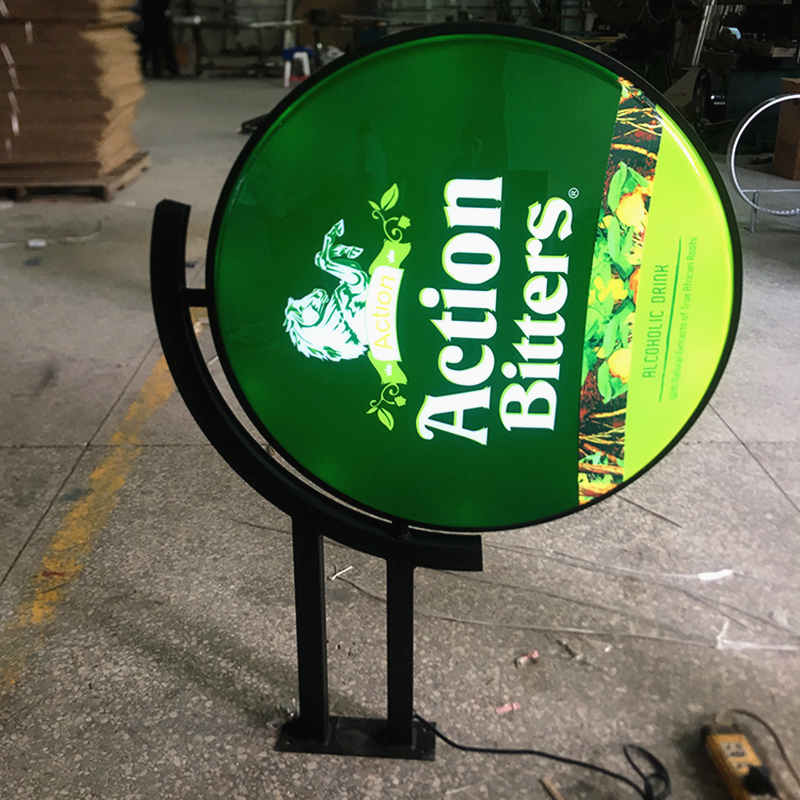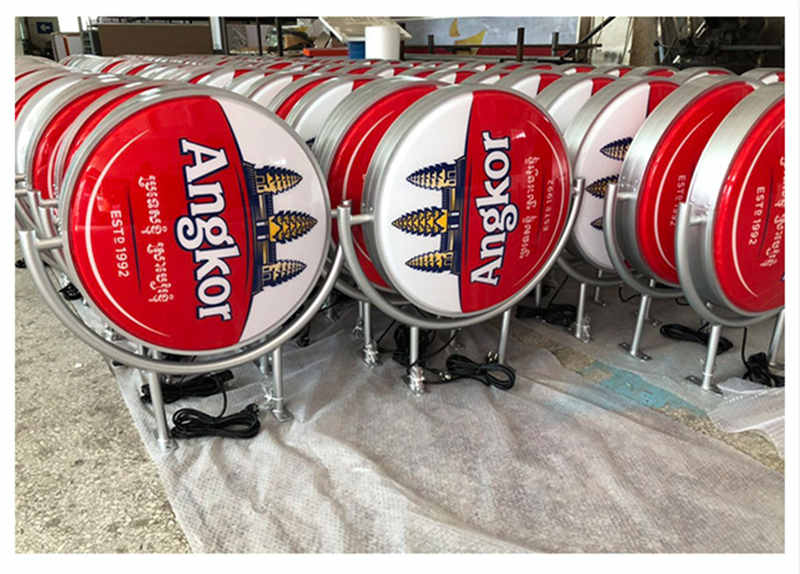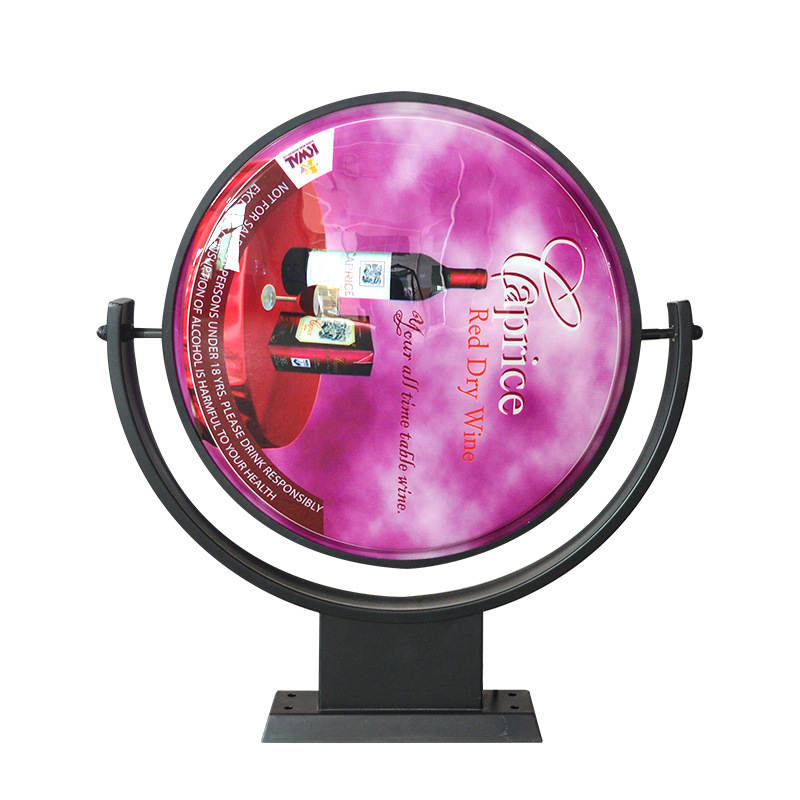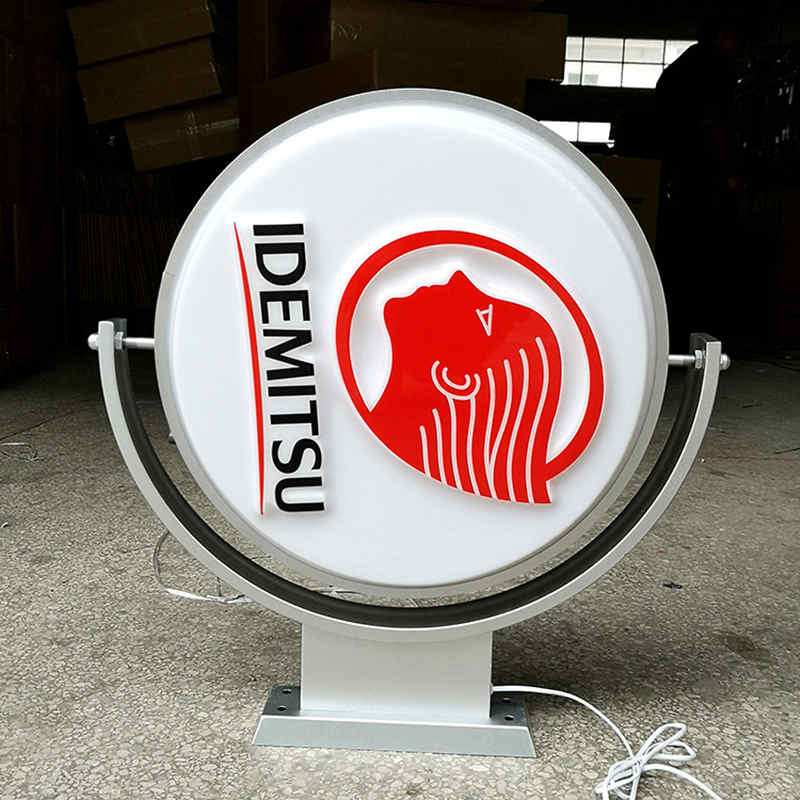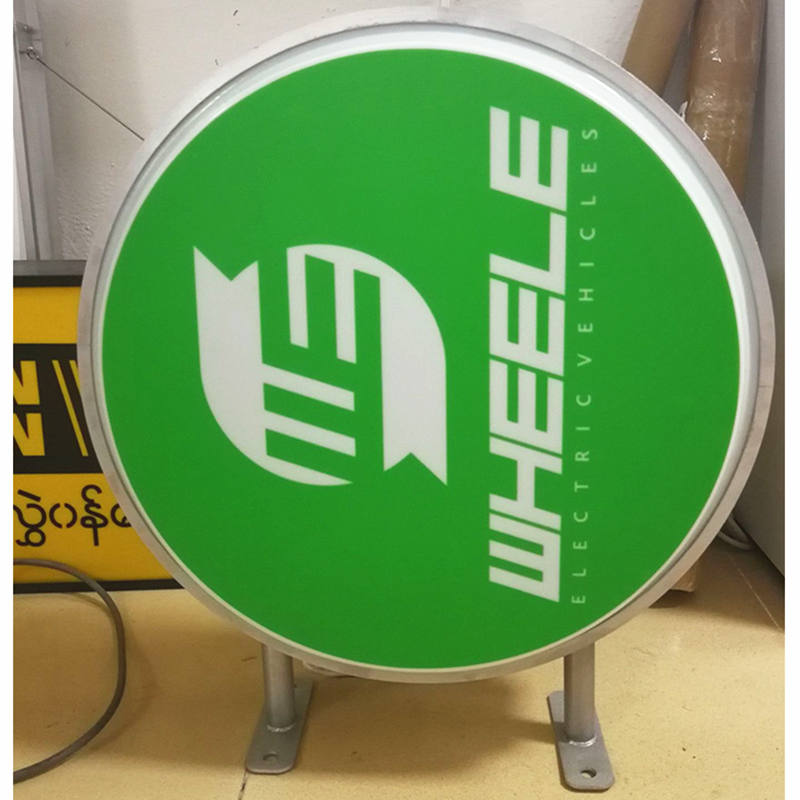
In production of LED acrylic light box signs, in order to enrich printing effect of acrylic light box, we will achieve this by applying spray-printed transparent backing film and light box paper.
Film application is a very delicate manual work, which is a great test for skills and experience of film application master. A little carelessness will cause bubbles to form in film.
What are common methods and problem solutions for acrylic light box affixing? Let’s learn about it together.
Contents
Toggle2 methods for applying film on acrylic light box signs
Dry pasting method
As the name suggests, film application is directly paste film on acrylic light box.
Unless you are a very skilled master in this industry, we generally do not recommend this method for large-area films.
“Dry pasting method” is generally a small-area film or “removable film”. “removable adhesive” material, because initial viscosity and final viscosity of removable adhesive are relatively weak.
When drying, do not tear off entire backing paper. Generally, only tear off one corner.
After positioning it (make sure that torn off backing paper does not touch surface to be adhered when positioning), then glue corner where backing paper has been torn off. , then slowly pull bottom paper with one hand, and follow up with scraper with the other hand to smooth it.
Pay attention to coordination, do not use too much force to cause wrinkles, and do not use insufficient force to cause bubbles.
In addition, if you are applying a very thin marking film such as dry sticker or casting grade, it is recommended to cover surface with a layer of special transfer positioning paper before construction.
Wet pasting method
Wet pasting method is a more reliable method for pasting films.
First prepare a special spray bottle, fill it with more than half of tap water, and add a few drops of dishwashing liquid (usually ratio of dishwashing liquid to water is 0.5%). It is better to use less than more.
If there is too much detergent, many small “bubbles” will be produced between film and veneer after film dries. Generally, shaking pot will produce more bubbles.
Then put backing paper of film facing up, slowly tear off backing paper, and spray water containing detergent on exposed adhesive surface while tearing off backing paper.
If format is large, another colleague needs to cooperate to pull film.
Before applying film, remember to spray water on your hands first, then spray water on surface to be veneered, and then transfer film to surface to be veneered.
At this time, glue of film has completely lost its effect, and it can be lifted up and positioned in a short time.
After it is accurate, use a special scraper (preferably a scraper with a felt edge) to slowly scrape water from center of film to both sides.
Pay attention to gradually increasing force. Scraping must be repeated at least ten times. Then look sideways to check whether there are obvious blisters on film until moisture inside is basically scraped dry.
If there is engraving on film, please adjust knife pressure before engraving so that engraving knife only engraves half of transparent film layer and no more than two-thirds, so that when you peel it off, it will be a whole piece without losing strokes, after scraping with water, it takes between 1 minute and 40 minutes to start unveiling, and waiting time depends on ambient temperature.
If time is too short, unveiling will cause other parts to shift, and if time is too long, it will increase difficulty of unveiling.
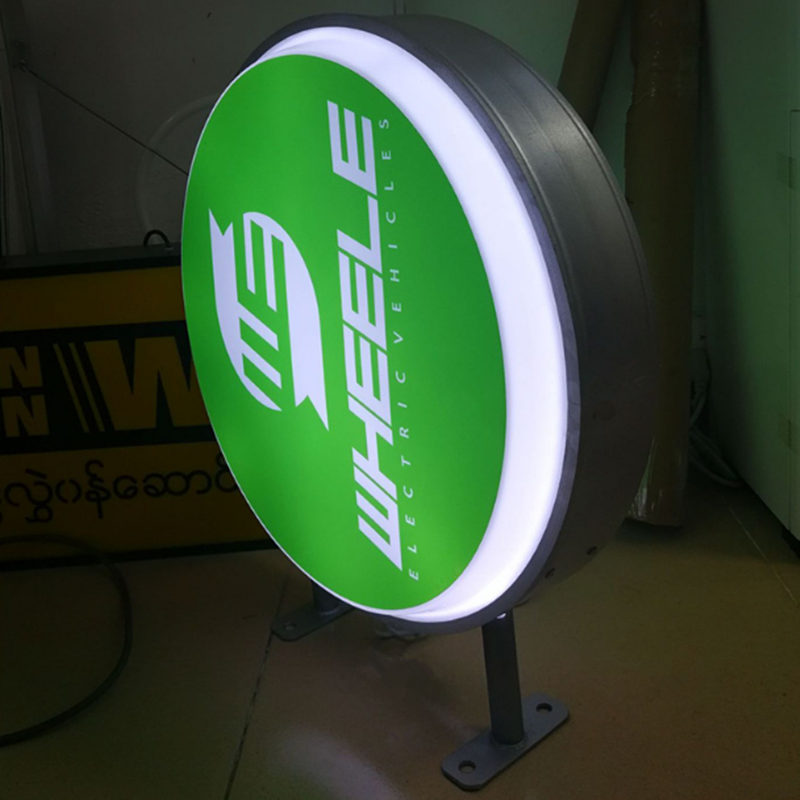
Common causes and solutions of bubbles
Solution for bubbles generated during film application process
If this type of bubbles is caused by too much detergent, it is inevitable.
After a long time (after 3 hours), film will become permanently sticky and there is almost no way to repair it, if it is a small amount of small bubbles produced by dry or wet method, you can use a special scraper to gradually drive small bubbles together to form a larger bubble, then use an exhaust pen to make a small hole at bottom of bubble, and use your thumb to drive air out.
Solution for bubbles caused by problems with veneer material
Many colleagues have reported that sometimes film works very well after being applied, but after a while, you will find that there are many small bubbles on film, and there are more and more.
This situation is generally caused by quality of acrylic light box being veneered, such as acrylic sheets, ABS materials and other materials mixed with recycled materials.
A large amount of unstable plasticizer gas escapes from these materials, resulting in many bubbles in future.
Our company only uses acrylic produced from high-quality pure materials. , so this situation does not occur.
Solution for bubbles produced by blister
Film with good ductility can be “pasted first and then sucked”, so that processing of complex blister graphics and text can be easily solved.
But if method is not appropriate, many small bubbles will also be produced during blister process.
When encountering this situation, just pay attention to it.
When we use wet pasting method to paste film on acrylic board, no matter how many times we scrape it, it is impossible to completely dry moisture between film and board.
At this time, a procedure needs to be added, which is to put film board with water removed into the oven at 70 to 80 degrees Celsius for 3 to 4 hours, and wait until water is completely dry. Then heat and blister.
Rich styles of light box paper films are beautiful, but it requires a skilled film applicator to perfectly present effects of light box film and light box graphics.
Of course, no matter how good the master is, he will occasionally make some small oversights. In order not to waste resources, it is necessary to master some skills.
Conclusion
Above are 2 film application methods and causes of bubbles encountered during film application process as well as corresponding solutions.

